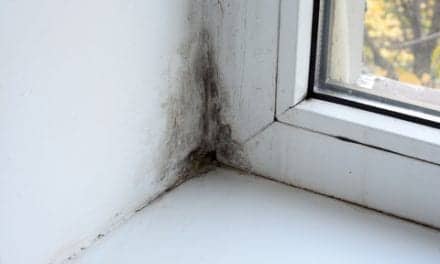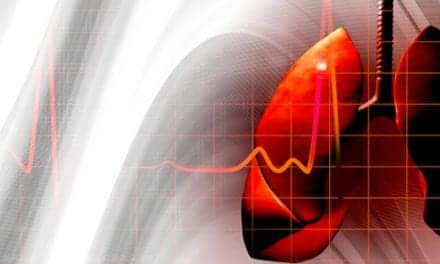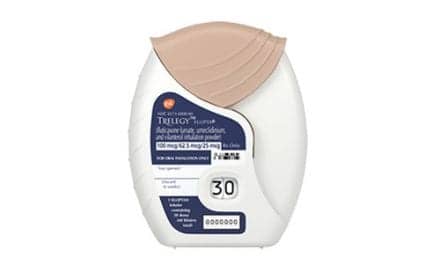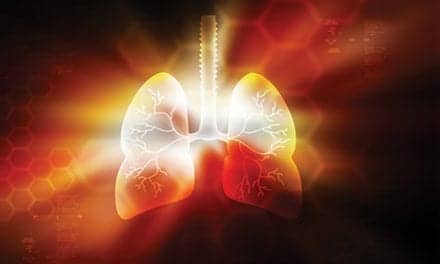A survey of nearly 6,000 people living with COPD in the UK found that structural inequalities had a significant bearing on whether a patient would survive
Poorer people are much more likely to die from chronic obstructive pulmonary disease (COPD) than wealthier patients due to damp housing and low pay, researchers have found.
Of the nearly 4,000 people who suffered two or more acute attacks a year, such as breathlessness or severe coughing, 55% earned less than £20,000 a year and 13% lived in a cold, damp house.
The research, carried out by Asthma + Lung UK and published in BMJ Open Respiratory Research, builds on previous findings
that poorer people with COPD are five times more likely to die than the wealthiest people with the condition. Read more here.
COPD Triple Therapy
In patients with chronic obstructive pulmonary disease (COPD), use of single-inhaler triple therapy instead of multiple-inhaler triple therapy resulted in reduced health care costs, lower mortality rates, and fewer exacerbations, according to results of an analysis published in Chest.
COPD, the third leading cause of death worldwide, is repeatedly characterized by worsening exacerbations, noted study authors. Inhaled corticosteroids are often prescribed for frequent exacerbations when bronchodilator therapy is inadequate. Investigators in Spain sought to compare how the use of single-inhaler triple therapy (SITT) vs multiple-inhaler triple therapy (MITT) affected health care resource utilization, exacerbations, and persistence (ie, ongoing treatment adherence).
The investigators conducted a real-world, observational, retrospective cohort study from June, 2018 through December 2019 that included 4625 patients with COPD and at least 40 years of age who initiated SITT (n=1011) or MITT (n=3614 patients using 2 or 3 inhalers) culled from electronic health records in the Spanish National Healthcare System database. Baseline characteristics of both cohorts were similar, and the overall mean age was about 71 years (73.9% male); the airflow limitation of most patients was moderate (62.0%) or severe (26.5%). Read more here.










